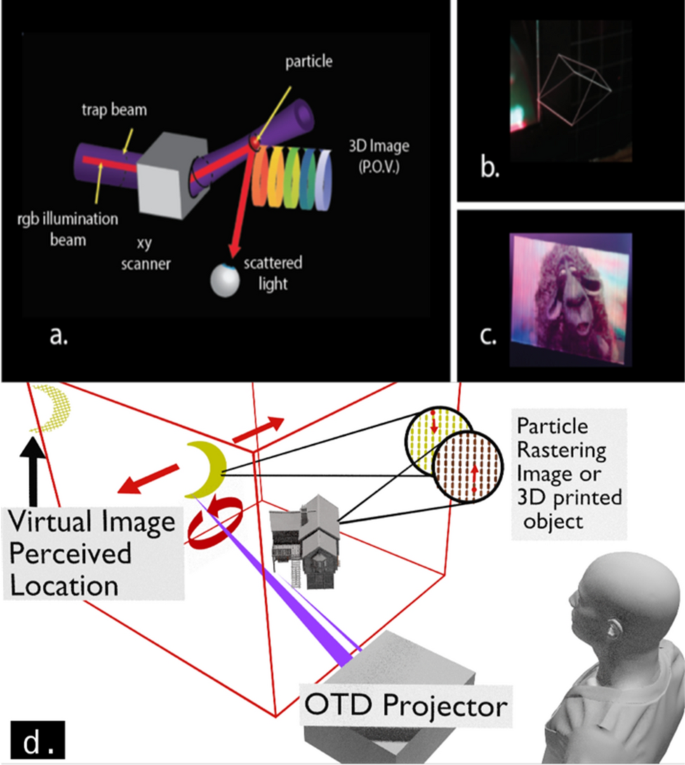(Sensors developed at URI can identify explosive materials, particles from a potentially deadly virus and illegal drugs at the part-per-quadrillion level)
2021/5/13 アメリカ合衆国・ロード・アイランド大学(URI)

・ URI が、爆発物、ウィルスや違法薬物を分子レベルで検出する薄膜サーモダイナミックセンサーを開発し、その有効性を実証。
・ 同センサープラットフォームでは、探知犬が嗅ぎ分けられる物質を全て検出可能なため、「デジタル・ドッグ・ノーズ」とも呼ばれる。2019 年には工具箱サイズであったが、現在はタバコの箱サイズまで小型化。触媒を調製することで、バイオマーカーや化学物質等の特定の分子の検出が可能となるため、様々なアプリケーションでの利用が考えられる。
・ 例えば、同センサーのウェアラブルデバイスでは過酸化水素を ppb(parts-par-billion)レベルで検出し、開いた傷口の感染状態の判断に利用できる。また、即席爆発装置(IED)や、密輸入された違法薬物等の検出にも利用できる。
・ 熱質量を低減することで、センサー作動に必要なエネルギー量をグラムオーダーからミリグラムオーダーに低減。1 枚の紙より薄いリチウム電池を製造するコロラド州の ITN Energy Systems 社との協力で採用した最適なバッテリーにより、同センサーの小型化とパワーアップを実現した。
・ 今年 3 月には、米海軍調査研究所(NRL)が同大学にモバイルテストユニットを持ち込み、同センサーによる爆発物の検出試験等を実施。爆発物の分子を選択的に検出してセンサーシステムへの供給に成功した。試験には、ppq(parts-par-quadrillion)レベルでの反応性の調査も含まれた。
・ 小型化・軽量化された同センサープラットフォームでは、ドローンへの搭載が可能となり、新しく多様なアプリケーションの創出が期待できる。現在は数種類の化学物質の検出が可能なセンサーアレイの開発を進めている。
・ 同センサーは、20 年前に米国国防高等研究計画局(DARPA)の資金により研究開発を開始。その後1 年間は米国陸軍が、それ以降は米国国土安全保障省(DHS)が研究資金を提供している。
URL: https://today.uri.edu/news/sensors-developed-at-uri-can-identify-explosive-materials-particles-from-a-potentially-deadly-virus-and-illegal-drugs-at-the-part-per-quadrillion-level/
<NEDO海外技術情報より>
(関連情報)
Scientific Reports 掲載論文(フルテキスト)
Sensors for the detection of ammonia as a potential biomarker for health screening
URL: https://www.nature.com/articles/s41598-021-86686-1
Abstract
The presence of ammonia within the body has long been linked to complications stemming from the liver, kidneys, and stomach. These complications can be the result of serious conditions such as chronic kidney disease (CKD), peptic ulcers, and recently COVID-19. Limited liver and kidney function leads to increased blood urea nitrogen (BUN) within the body resulting in elevated levels of ammonia in the mouth, nose, and skin. Similarly, peptic ulcers, commonly from H. pylori, result in ammonia production from urea within the stomach. The presence of these biomarkers enables a potential screening protocol to be considered for frequent, non-invasive monitoring of these conditions. Unfortunately, detection of ammonia in these mediums is rather challenging due to relatively small concentrations and an abundance of interferents. Currently, there are no options available for non-invasive screening of these conditions continuously and in real-time. Here we demonstrate the selective detection of ammonia using a vapor phase thermodynamic sensing platform capable of being employed as part of a health screening protocol. The results show that our detection system has the remarkable ability to selectively detect trace levels of ammonia in the vapor phase using a single catalyst. Additionally, detection was demonstrated in the presence of interferents such as carbon dioxide (CO2) and acetone common in human breath. These results show that our thermodynamic sensors are well suited to selectively detect ammonia at levels that could potentially be useful for health screening applications.



